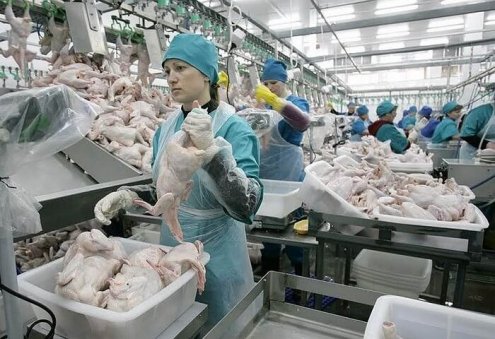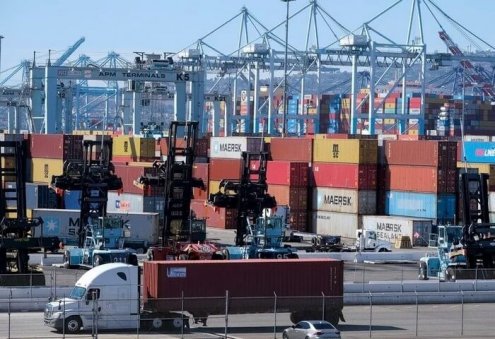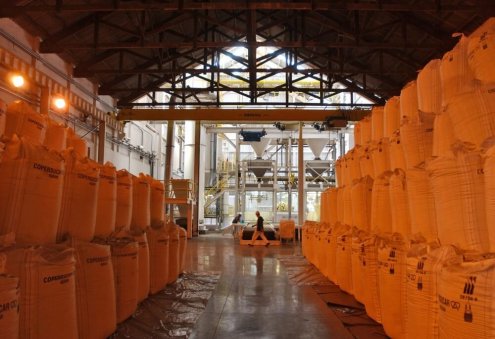World food prices, led by the surging costs of dairy products and vegetable oils, reached record highs in February. Their prices saw a 20.7% increase year-on-year, the Food and Agriculture Organization (FAO) of the United Nations reported last Friday.
The FAO Food Price Index, which tracks monthly changes in the international prices of commonly-traded food commodities, averaged 140.7 points last month. The index is up 3.9% from January 2022.
FAO Economist Upali Galketi Aratchilage said in the organization’s statement that concerns over crop conditions and export availabilities provided only a partial explanation to the increase in global food prices.
"A much bigger push for food price inflation comes from outside food production, particularly the energy, fertilizer and feed sectors," Upali Galketi Aratchilage said, adding that, "All these factors tend to squeeze profit margins of food producers, discouraging them from investing and expanding production".
The FAO said its vegetable oils index rose 8.5% month-on-month in February to reach a new record high, driven by rising prices of palm, soy, and sunflower oils.
The cereal prices rose 3.0% on the month, with maize prices up 5.1% and wheat prices rising 2.1%, largely reflecting uncertainty about global supply flows from Black Sea ports.
The FAO's dairy price index increased 6.4%, its sixth consecutive monthly rise, mainly due to tight global supplies. The meat prices saw a 1.1% increase in February.
The sugar was the sole index to post a decrease, declining 1.9% from the previous month due partly to favourable production prospects in major exporting countries India and Thailand.
The FAO also released its first projections for cereal output in 2022, seeing global wheat production rising to 790 million tonnes from 775.4 million in 2021, thanks in part to hopes of high yields and extensive planting in North America and Asia.












30635-90x604.jpg)





